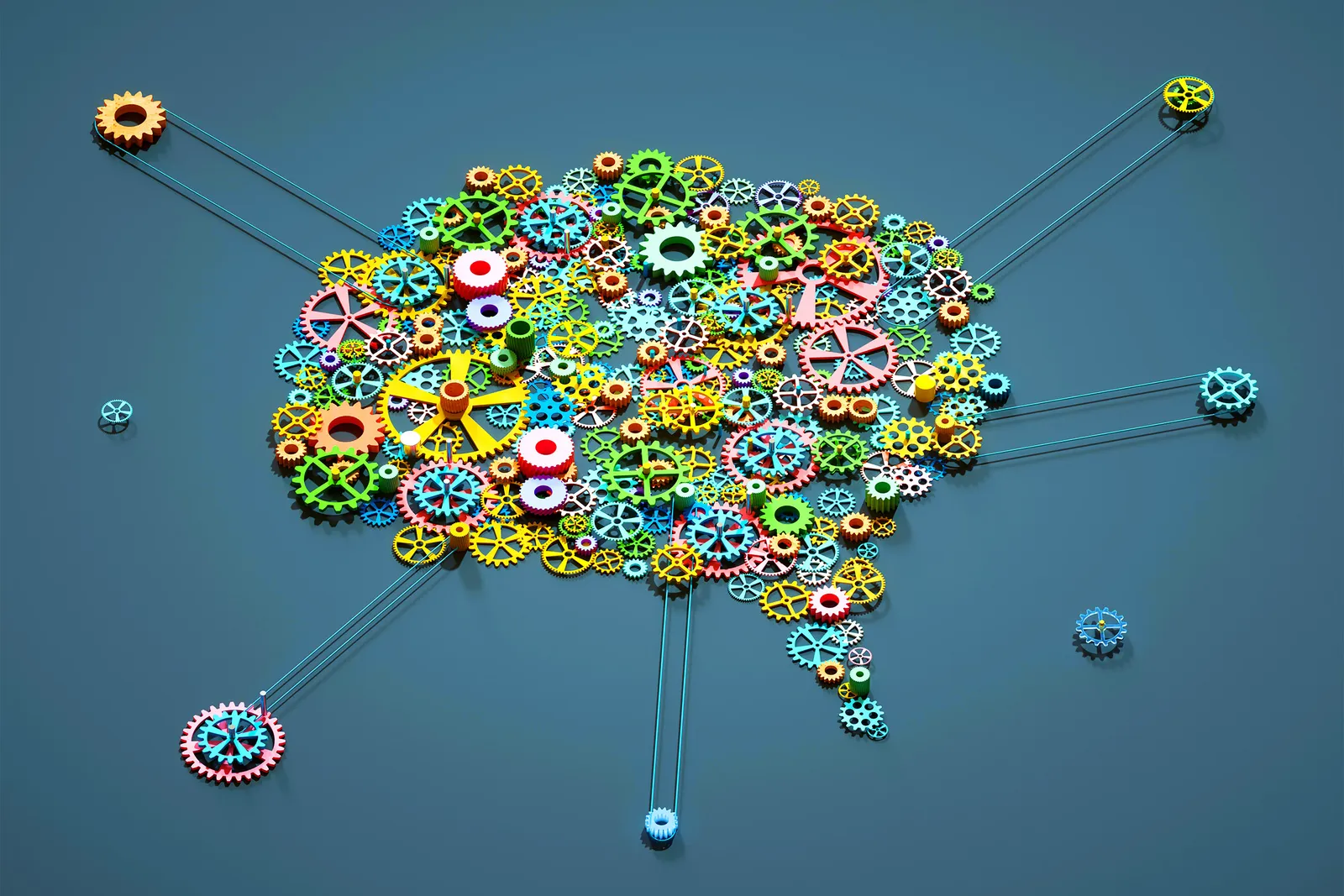The internet has undergone significant transformations since its inception, and the latest paradigm shift is embodied in the concept of Web3. Web3 represents a vision for a more decentralized, transparent, and user-centric internet that leverages blockchain technology and cryptographic principles. In this article, we’ll explore what Web3 is and how it is reshaping the digital landscape.
The Evolution from Web1 to Web3
- Web1 (The Static Web):
The early days of the internet, often referred to as Web1, were characterized by static web pages with limited interactivity. Information flow was one-directional, and users primarily consumed content rather than actively participating in the creation and distribution of information. - Web2 (The Social Web):
The advent of Web2 marked the rise of social media, collaborative platforms, and dynamic, interactive content. Companies like Facebook, Twitter, and YouTube became dominant players, but this era also witnessed concerns related to centralized control, data ownership, and privacy. - Web3 (The Decentralized Web):
Web3 represents the next phase in the evolution of the internet, introducing decentralized technologies to address the limitations and concerns of the previous eras. At its core, Web3 emphasizes decentralization, trustless systems, and user empowerment.
Key Principles of Web3
- Decentralization:
Web3 seeks to reduce reliance on central authorities by distributing control and ownership across a network of participants. Blockchain technology, with its decentralized and tamper-resistant nature, plays a pivotal role in achieving this principle. - Blockchain Technology:
Central to Web3 is the use of blockchain and distributed ledger technologies. Blockchains provide a secure, transparent, and decentralized way to record and verify transactions. This fosters trust among participants without the need for intermediaries. - Smart Contracts:
Smart contracts, self-executing pieces of code that enforce the terms of an agreement, automate processes and eliminate the need for intermediaries. They play a crucial role in facilitating trust and executing agreements in a transparent and secure manner. - Cryptocurrencies:
Web3 ecosystems often involve the use of cryptocurrencies as a medium of exchange within decentralized applications (dApps). Cryptocurrencies provide financial incentives and enable efficient, borderless transactions. - User Control and Privacy:
Web3 aims to empower users by giving them greater control over their data and digital identities. Users should have the ability to manage their information and decide who can access it, aligning with the principles of data sovereignty and privacy. - Interoperability:
Interoperability is a key aspect of Web3, enabling seamless communication and interaction between different blockchain networks and decentralized applications. This interconnectedness contributes to a more open and collaborative internet.
Conclusion
Web3 represents a paradigm shift towards a more democratic, transparent, and user-centric internet. By leveraging blockchain, smart contracts, and decentralized technologies, Web3 strives to address the shortcomings of centralized systems and create a more inclusive and resilient digital environment. As the development of Web3 continues, its impact on industries, economies, and individual users is likely to be transformative, ushering in a new era of digital innovation and empowerment.
